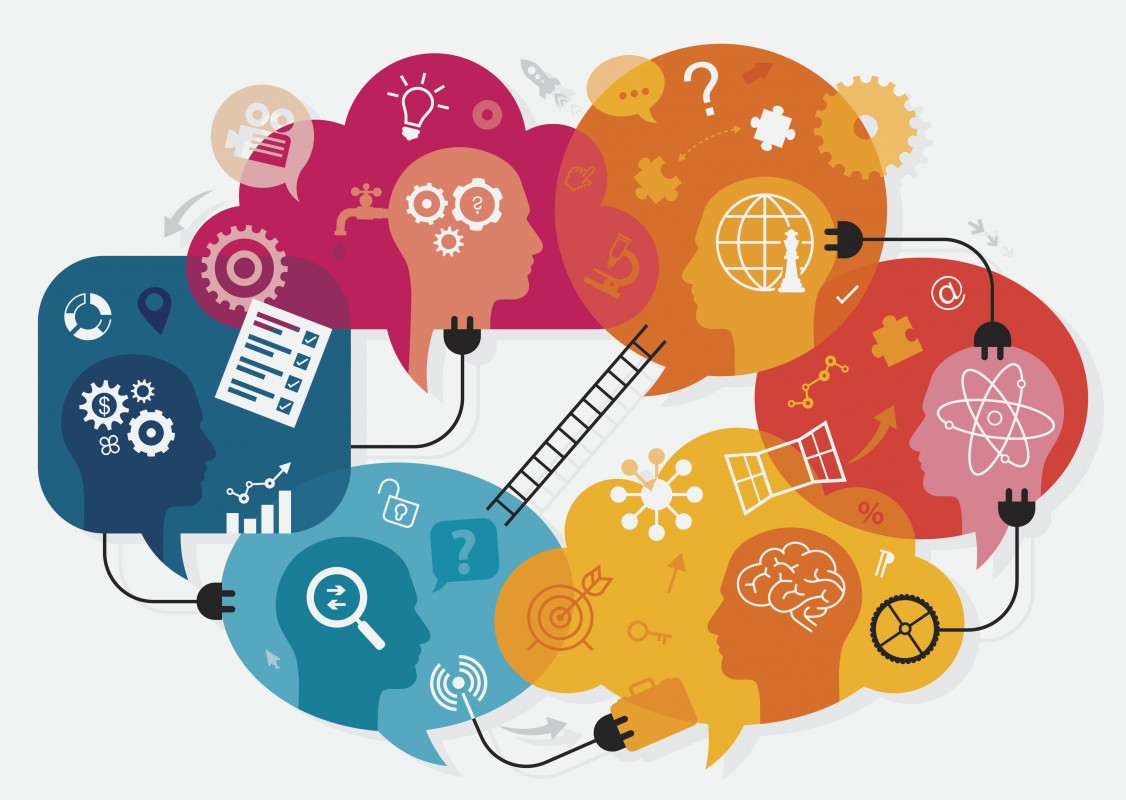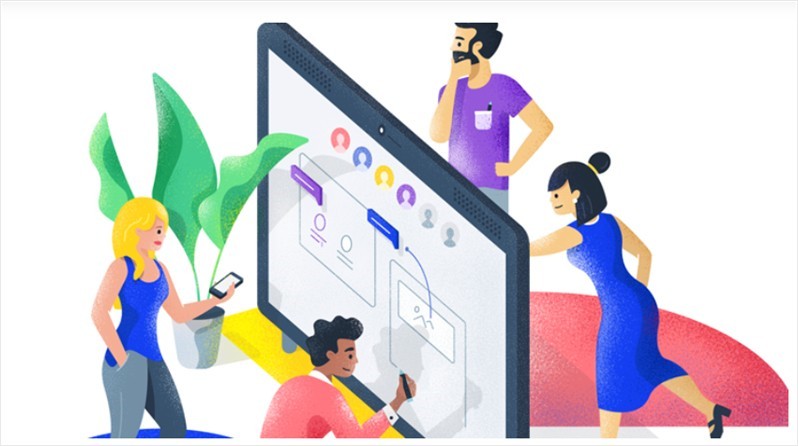Greenery calms down our eyes and mind. It symbolizes life, freshness, nature, harmony, energy, and fertility. The world is facing serious challenges in environmental front. To motivate people to stop contaminating the environment, Environmentalist, and environmental enthusiasts are using “Green” concepts everywhere. At IILM with a blend of management and engineering, we create Eco friendly surroundings. Same concept is used for green economy.
“An economy is the production and consumption of goods and services and flow of money. Then what is Green Economy? Is Green economy all about planting trees in the world? Let us make it short and simple by explaining Green Economy. Green Economy stands for accelerating economic activities and infrastructure that are helpful in low carbon emission, increase energy conservation, and efficient use of resources.
There are certain myths about green economy, which you will also relay on-
- Every business around is polluting environment. Agricultural waste makes Delhi’s atmosphere suffocating every year, chemical fertilizers contaminating underground water. Agriculture a major sector in green economy is polluting our country. Therefore, green economy is just a concept for books.
- Everything around is driven by fossil fuel. Electricity for metro trains generated from the thermal power plants using coal. In actual we are not conserving the environment. Environmental protection, social benefits and profit making cannot go together. Again, green economy is a myth.
- Green economy cannot grow like fossil fuel based economy. This economic model will not get acceptability of citizens. So it is a myth.
- Shifting economy from fossil fuel to other energy sources may result in job loss. Governments won’t be able to afford this, so it’s a myth.
Let us burst the Myths about Green Economy
#Myth-1 Industry transformation in Green Economy
Businesses will get transformed into green economy. Present MSME like renewable energy, sustainable transportation, waste management, green residential areas, water management, land management, fisheries, agriculture, forestry, etc. will work on large scale. There are certain areas in the business that yet to be explored. Organic farming can make agriculture non polluting, healthy and profitable.
#Myth-2 Environmental protection, Social benefits, and profit making cannot go together
- J. Kurian of Amul, Shri Mahila Grh Udyog and several other Indian examples has proven that social benefit and profit making can go together. Both of them uplifted the people financially. Government of Gujarat has introduced a project of installing solar panels on 19000 Km long network of canals of Narmada River. Hence, above myth has been proven wrong
#Myth-3 Growth of Green Economy is perceive slow
Renewable energy and recycling can be the key drivers to foster green economy. Availability of energy and raw material economically is the need of industry. Renewable energy is an economic and sustainable source of energy and recycling can provide cheaper raw material. India’s 55% of energy requirement will be covered by renewable energy sources by 2030, if this sector will grow at the same pace.
#Myth-4 Career and Job Opportunities are limited
Whenever technology shifts, it affects the job market, and existing jobs transform. India’s top business schools are carving our future managers and technocrats to work in present environment and cope up with future challenges. Research will play a key role for every student.
At IILM College of Engineering, Department of Biotechnology trains students in hydroponic technology, vermin compost, bio compost etc. Our Alumnus and existing students are working with reputed brands at renewable energy sector. Civil engineers at IILM are developing methods of using non-degradable plastic in construction. This will change the future construction techniques and minimize pollution.
Coming to the end of discussion, I would like to support Green Economy as- industries can easily shift to renewable energy sources, Green economy will grow at the same pace like fossil fuel based on our economy there will be no dearth of career opportunities. Green economy will contribute in better health of citizens. Citizens can start practicing basic fundamentals of green economy by using solar power, compost in kitchen gardens which are very beneficial in conserving energy.
For more information on green economy related readings follow my blogs on IILM Blog site https://blog.iilm.edu or write to me at ashutosh.singh@iilmgsm.ac.in







 1. Altruism: It can be defined as discretionary behaviours that have the effect of helping a specific colleague with an organizationally relevant task or problem.
1. Altruism: It can be defined as discretionary behaviours that have the effect of helping a specific colleague with an organizationally relevant task or problem.



